The Islamic Republic of Pakistan is home to many of the finest illustrations of brilliant architecture in the world, and features the best of Mosques as well, in terms of beauty, size and history. Below is a list of some of Pakistan’s most prominent places of Muslim worship.
Mahabat Khan Mosque

Mahabat Khan Mosque is located in Peshawar, Khyber Pakhtunkhwa. The word “Mahabat” translates to “Awe-Inspiring” and the mosque itself is named after a governor who served under the Mughal emperors Shah Jehan and Aurangzeb. The interior of the prayer hall is tastefully decorated with floral and geometric designs. Built in the 17th century, it is interesting to note that the minarets of the mosque used to serve as the gallows in Sikh times.
Faisal Mosque

Faisal Mosque holds the distinction of being the largest mosque in the country. It is located in the provincial and national capital, Islamabad, Punjab. It was the largest mosque in the world as well, from its construction until 1993, when it was overtaken by the Hassan II Mosque in Casablanca, Morocco, and currently holds the fourth global position in terms of size. The 20th century mosque appears as a tent, owing to the historical Islamic ties to the deserts of Saudi Arabia. It was designed by a Turkish architect who received the prestigious Aga Khan Award for Architecture for the project. It is named after the late King Faisal bin Abdul-Aziz of Saudi Arabia, who provided the funds for the mosque. It is the National mosque of Pakistan.
Masjid-e-Tooba

It is located near Korangi road in Defense Housing Society, Karachi, Sindh. It is currently the 18th largest mosque in the world, and the central prayer hall has the capacity to accommodate 5,000 people at a time. It is also speculated to be the largest single-dome mosque in existence. The beautiful mosque is constructed with pure white marble and the acoustics allow voices to carry from one end of the mosque to the other. It was established in 1969.
Badshahi Mosque
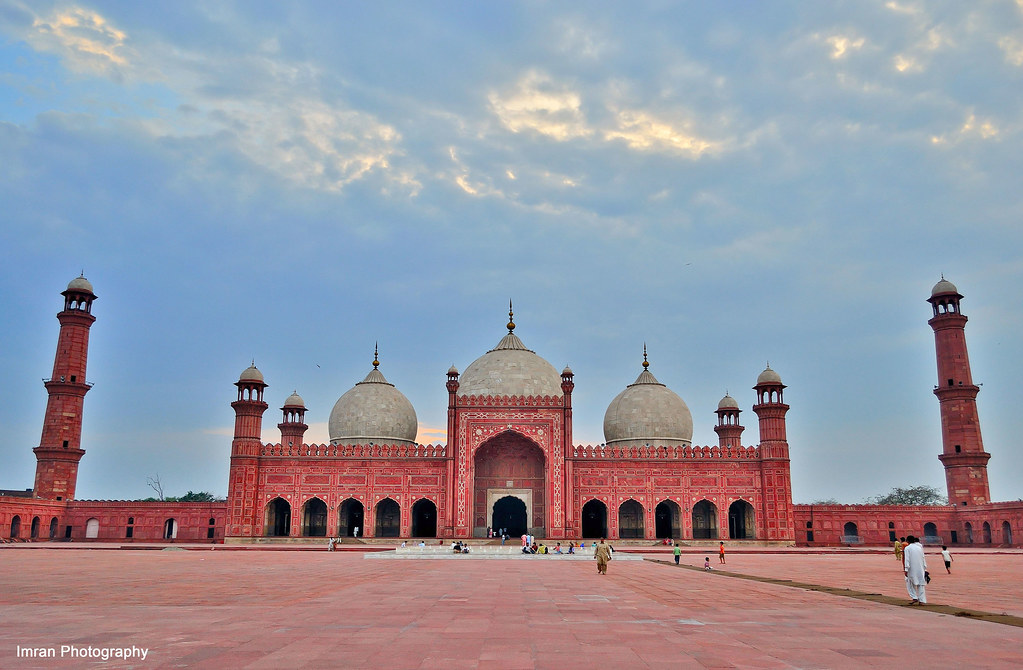
Badshahi mosque is located in Lahore and constructed in the 17th century. It is the second largest mosque in South Asia and the fifth largest mosque in the world. In 1993, the mosque was added to the tentative list for UNESCO World Heritage Site. Besides being a great tourist attraction in its own right, the Tomb of Muhammad Iqbal is located near the mosque as well. The mosque also has the capacity to accommodate 10,000 worshipers in the prayer hall and 1,00,000 worshipers in the courtyard. This courtyard is also the largest compared to other mosques in the world.
Bhong Mosque

The mosque was constructed over a long period of 50 years and won the Aga Khan Award for Architecture in 1986 for the exceptional architecture and attention to detail. It is located the village of Bhong, from which it derives its name. The village is located in Rahim Yar Khan District, Punjab. A postage stamp celebrating the architectural beauty was issued in 2004. Sardar Rais Ghazi Mohammad Indhar, a wealthy landlord, had funded and built the mosque as part of his palace compound. He was posthumously awarded the Sitara-e-Imtiaz in the same year, on Pakistan Day, for the construction of the mosque.
Wazir Khan Mosque

The Wazir Khan Mosque is located in Lahore and comprises a major part of its old city charm. It is located inside the Inner City and is accessible through the Delhi Gate. Its Qashani tile work is what sets it apart from other mosques in the country and adds to its transcendence.
The project was initiated by Hakim Shaikh Ilm-ud-din Ansari, a governor of Lahore, who was known as Wazir Khan. Wazir means “minister” and the mosque therefore earned its name from that of its patron. The construction of this piece of art begun during the reign of Shah Jehan, the Mughal emperor, around 1634 AD, and the work on it was completed over a span of seven years.
Moti Masjid

Moti translates to “Pearl” and the mosque is a result of 17th century architecture and Shah Jahan’s construction. The mosque is located within the Lahore fort, near the Alamgiri Gate. It consists of white marble and serves to enhance the beauty of the ancient fort.
Shahi Eid Gah Mosque
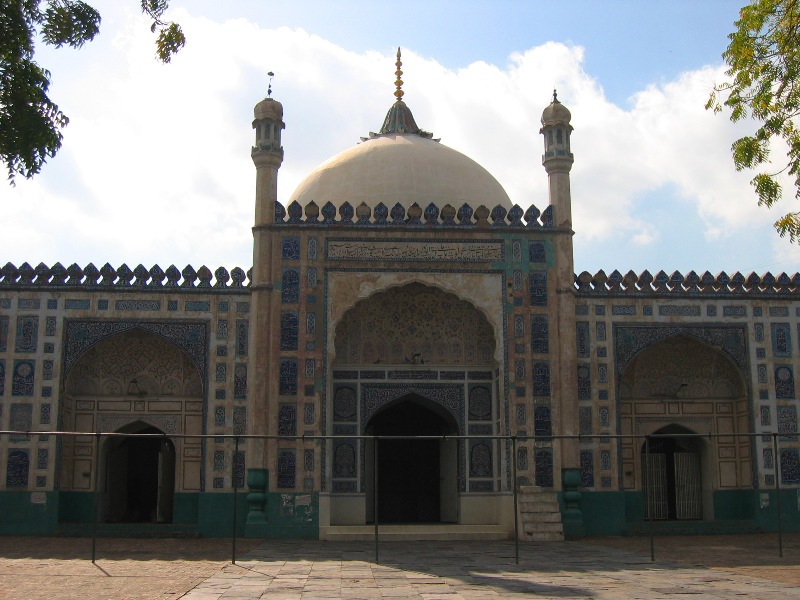
Shahi Eid Gah was built by the Mughal governor of Multan, Nawab Abdul Samad Khan, in 1735. It is situated on the main Multan-Lahore highway in the Northeast of Multan. The mosque has seven domes, and its outside is tastefully surfaced with blue glazed tiles while the inside is artistically decorated with kaleidoscopic mosaics.
Grand Jamia Mosque

The Grand Jamia Mosque is the seventh largest mosque in the world and the third largest in the country. It is located in Bahria Town of Lahore. It was inaugurated in 2014, on the occasion of Eid-ul-Adha.
The inside of the mosque can accommodate up to 25,000 people at a time, while the outer courtyard and corridors can hold up to a total of 70,000 worshippers. There are four minarets, a grand dome and a series of 20 smaller domes surrounding the main one. The mosque was designed by Nayyar Ali Dada & Associates and surfaced with 4 million Multani tiles, all handmade. The carpets for the halls are a product of Turkey, while the 50 chandeliers come from Iran. The costs of building this magnificent place of worship exceeded 4 billion Pakistani Rupees. The architecture is heavily influenced by the Badshahi Masjid and Wazir Khan Mosque, both of which are also located in Lahore.
Shah Jahan Mosque

The Shah Jahan Mosque was established back in 1647. As can be deduced, Shah Jahan, the Mughal emperor, was ruling at the time of its construction. The mosque is found in Thatta, Sindh.
The mosque has 93 domes to boast and was constructed using red bricks and then adorned with Haala’s delightful blue glazed tiles. Acoustics play a great role in adding to the specialty of this mosque and higher pitched sounds can be heard from one end of the domes to the other. The mosque has also been on the tentative UNESCO World Heritage list since 1993.

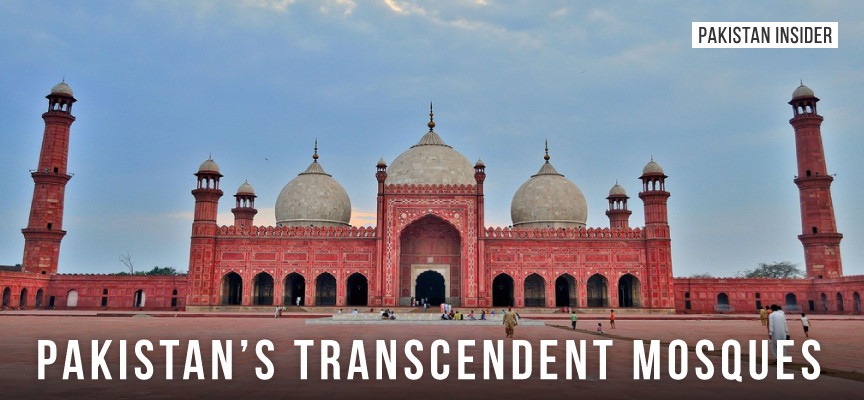


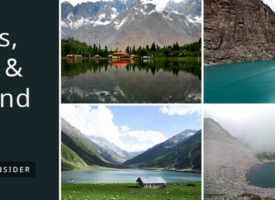

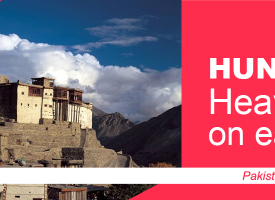

Great Article, It boasted my national and islamic pride whereas adding to info. Thanx